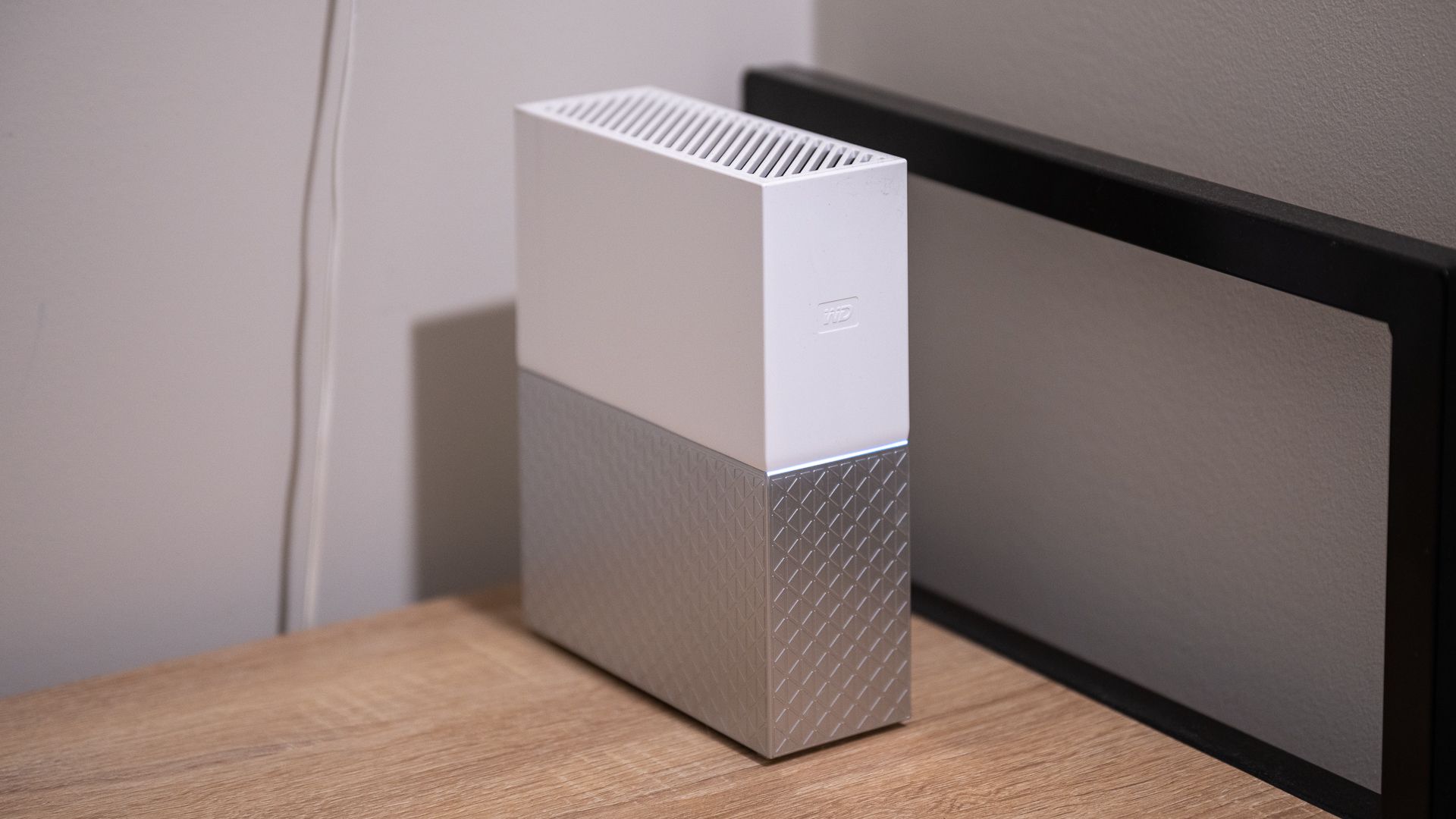The Discovery Desktop app, which allows you to mount a WD My Cloud drive on your computer, will be discontinued in June of 2023. This decision is sure to upset customers, who are now forced to manually enable local access on their My Cloud devices.
According to Western Digital, the Discovery Desktop app is a "legacy software product" that is "no longer consistent with the company's customer experience ecosystem." In June of 2023, WD will end support for this app, meaning that there will be no new features or security updates.
Discovery Desktop may continue to work after June of 2023. But WD says that the desktop app will eventually break due to incompatibilities with My Cloud OS updates. (That said, even if this app continues working after June of 2023, I suggest ditching it. The lack of security updates will leave you vulnerable to ransomware and other attacks.)
To be clear, Discovery Desktop isn't an amazing app. But it's an incredibly useful app, especially to inexperienced My Cloud users. Manually setting up local network access on a My Cloud device can be a confusing task, but Discovery Desktop made it easy!
Western Digital's instructions are incredibly messy---I had to dig around a bit to find its guide on local network access. So, to keep things simple, I'm going to summarize these instructions here:
- Enable UPnP on Your Router: This process differs for each brand of router, and UPnP is often disabled by default. (Your best bet is to type your router's IP into the address bar in your browser. You can usually find the IP address on the bottom of your router.)
- Sign into My Cloud Dashboard: Use the web app, iOS app, or Android app to sign in. Make sure that your computer or phone is connected to your home internet, otherwise this won't work.
- Enable Local Network Access: This toggle is disabled by default. It should be located in your dashboard settings.
- Create SMB Login: Create a username and password for SMB local network access. (This is different from the username and password you use to access the dashboard.)
- Get On Your Computer: Enter the Network tab in your Windows File Explorer or macOS Finder. Your My Cloud drive should appear in this tab. Double-click it and enter the SMB login credentials that you made in the previous step. The drive should mount to your desktop.
If any of these steps fail, please ensure that you're logged into your local network. Disable anything on your phone or computer that my interfere with local network access, such as a VPN. And double-check that UPnP is enabled on your router.
Note that you can set up local network access for multiple users, each with their own unique login credentials. This is a privacy feature that allows you to isolate each user's files. (Though you can set up shared folders.)
Again, WD will end support for Discovery Desktop in June of 2023. Even if the app continues working after support ends, you should avoid using it, as its lack of security updates will leave you vulnerable to hackers and malware.
Source: Western Digital

